In almost every coffee shop in Copenhagen, a tourist can stop in and pick up an authentic Danish pastry to enjoy while exploring the city.
These delicious treats come in many shapes, sizes and flavors. For travelers who are planning their trip to Denmark and want to learn more about Danish cuisine, a possible activity to add to their itinerary is a Danish pastry baking class.
Why It’s Newsworthy: An American-style “Danish” can be found in bakeries and coffee shops across the United States. Once tasting an authentic Danish pastry while in Denmark, tourists might be interested in trying out a Danish baking class to enrich their experience visiting the country.“In Denmark, you have to remember most of the time it’s rainy and it’s bad weather. So when you’ve been around town and been to all the museums, then it [the baking class] is a good option to spend a morning in Copenhagen,” said Chef Frédéric Terrible, the owner of Terrible French Pastry school.
Terrible, an experienced dessert chef, started his pastry school in 2013. To learn more about Danish pastry, I decided to take Terrible’s “The Art of Baking Danish Pastry” class on June 12.
The baking class took place in a quaint kitchen located in Frederiksberg, a Danish city located next to Copenhagen, and lasted for three and a half hours. The 12 participants who signed up for the class were split into partners and instructed on how to make four types of “Wienerbrød” or Danish pastry.
“The first one we made was Spandauer, which is the one called ‘Danish’ in English-speaking countries. It is one of the most common,” Terrible said.
Participants also learned to bake cinnamon rolls, Frøsnapper and a braided Danish pastry.
Debbie Ripley, a tourist from Toronto, Canada, who participated in the baking class, said she decided to sign up because she is traveling alone, and the class looked fun. She said she felt that the class has helped her learn more about Danish culture and the different techniques used to bake their signature treats.
“It did make a difference because the shapes here are different from what we do at home in Toronto,” Ripley said. “The sugar we used was also different, and there were other different ingredients, too.”
To begin the class, Terrible explained the tools and techniques used to create the four different Danish pastries. Students were instructed on how to measure, roll, shape and fold the pastry dough.
“The ruling and getting it [the pastry dough] even has been the most challenging part,” Ripley said. “Also, making it [the dough] square because it’s what the chef likes.”

Students were also taught how to make the pastry dough used to create traditional Danish-style pastry while waiting for their treats to bake in the oven. Terrible said that during the class, students learn all the techniques and elements needed to make Danish pastry at home.
Ripley said she has enjoyed every moment of the class, but she thought eating the pastries was her favorite part.
At the end of the class, students boxed up the 12 pastries they made to enjoy during the rest of their time in Copenhagen. The recipes used to create the Danish treats were also emailed to each participant so that they could recreate the pastries at home.
Megan Fitzgerald is a senior majoring in journalism at the University of Georgia.


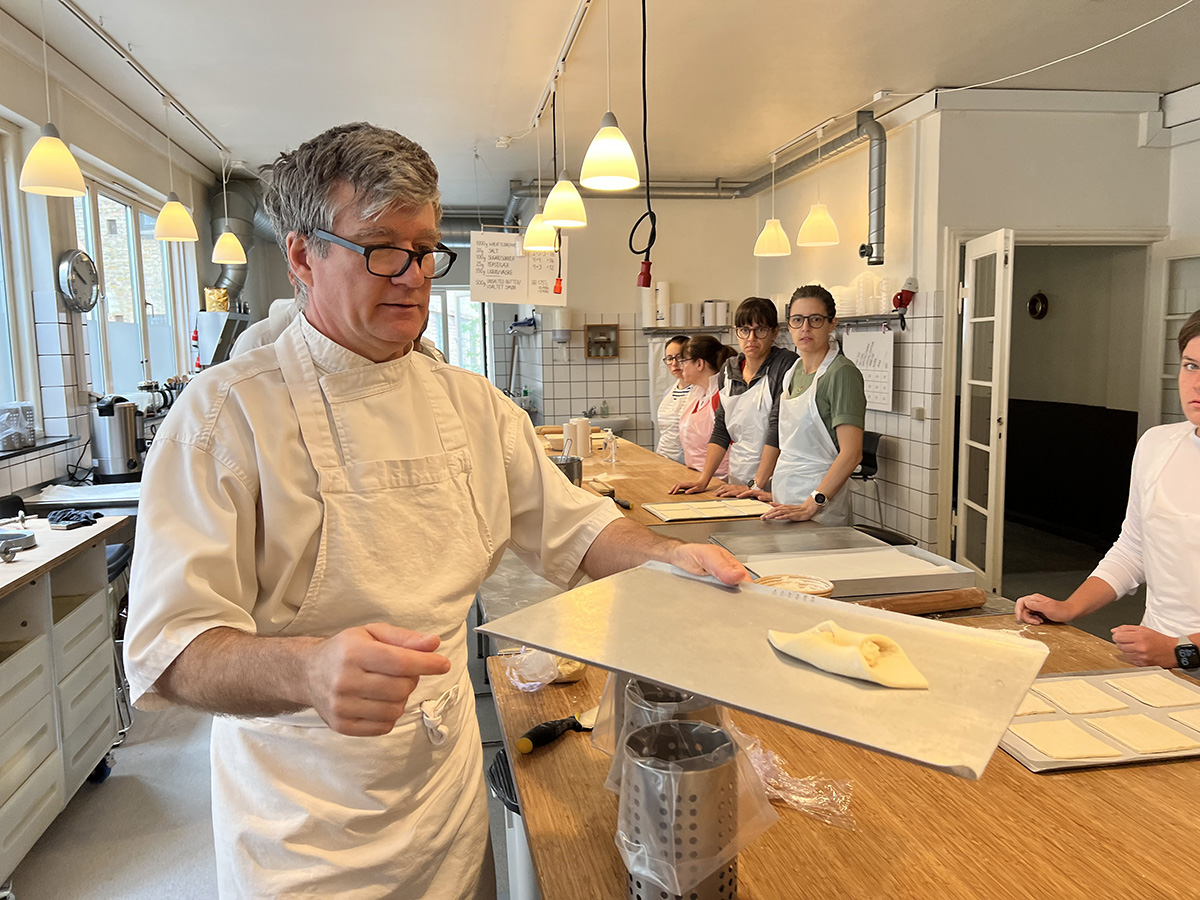
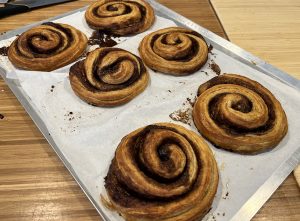

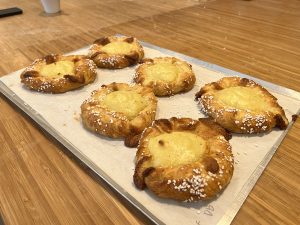
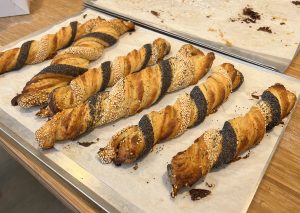
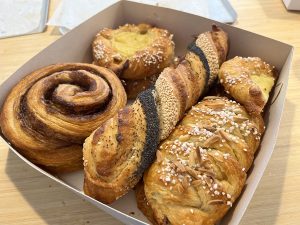


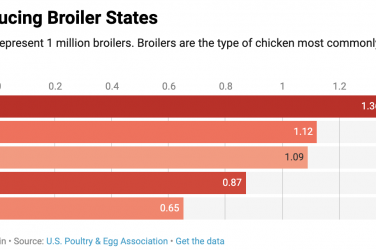
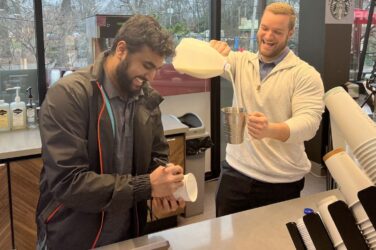
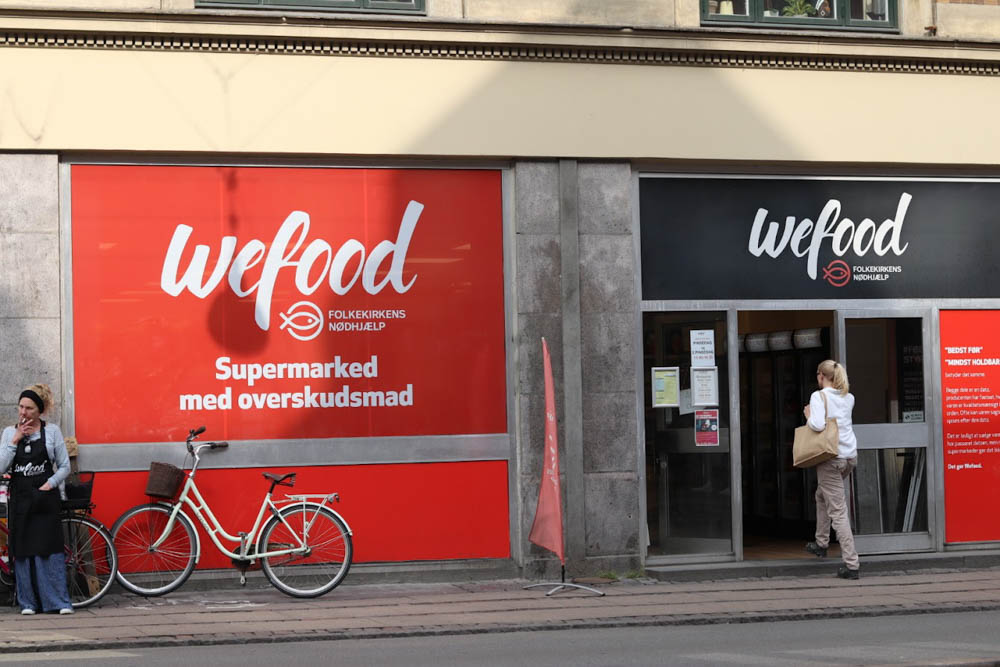

Show Comments (0)